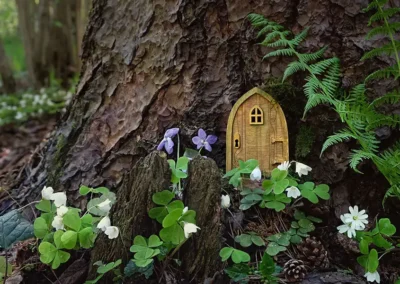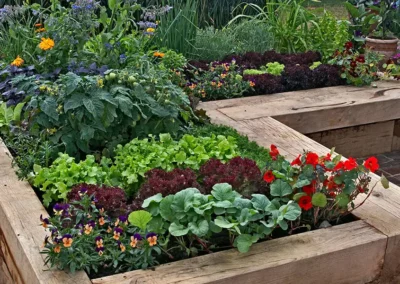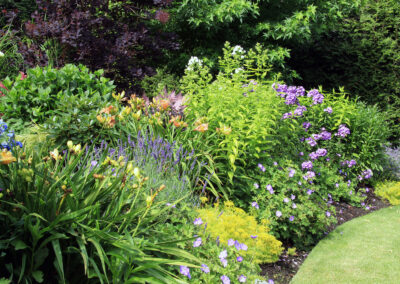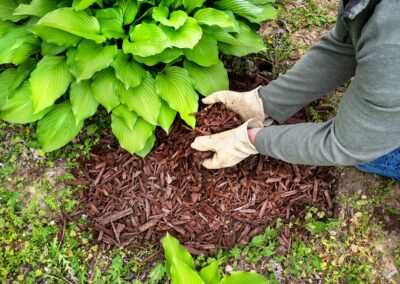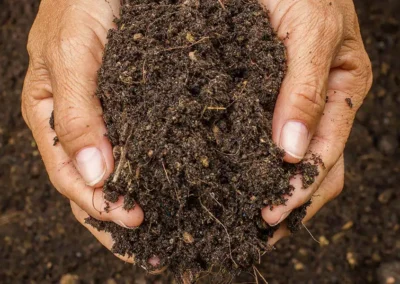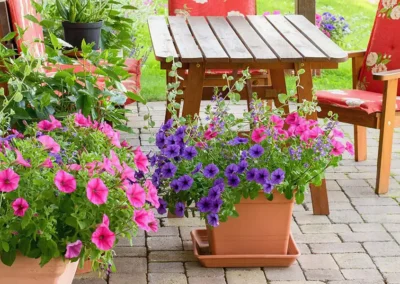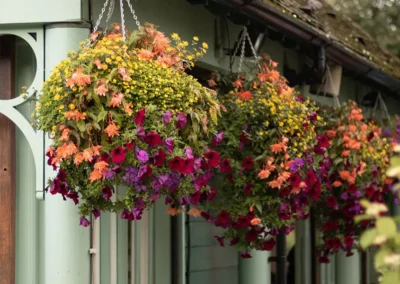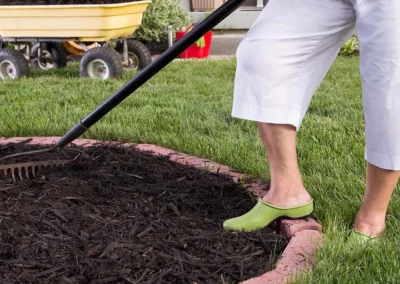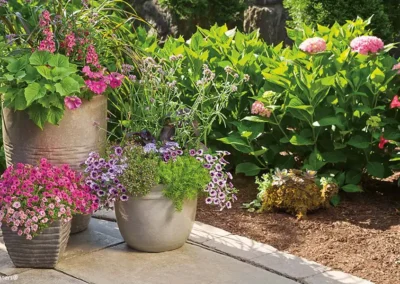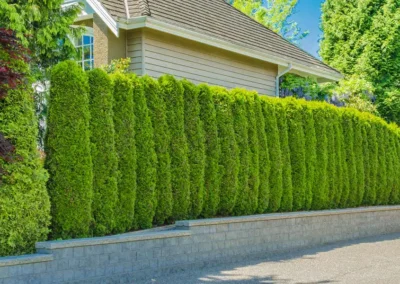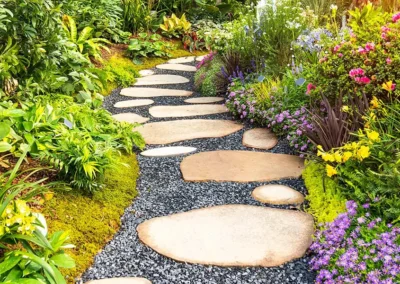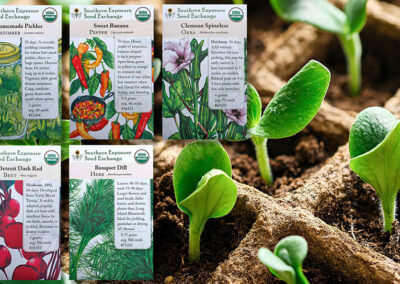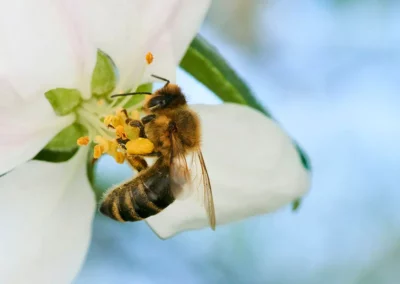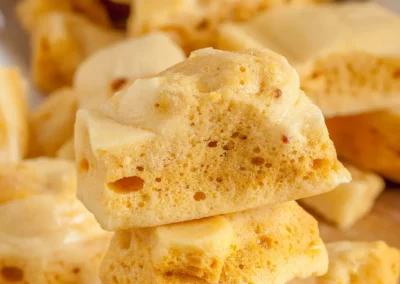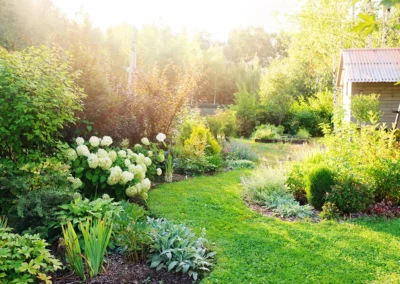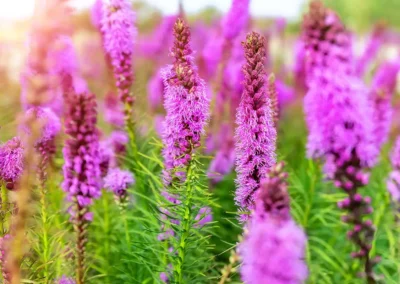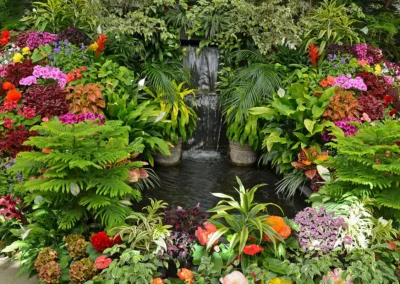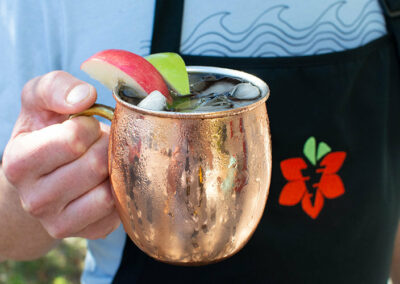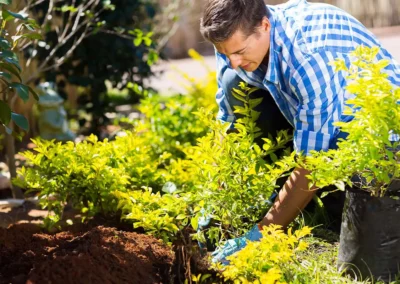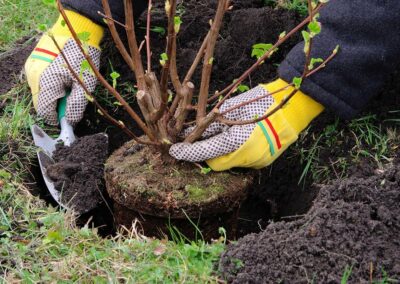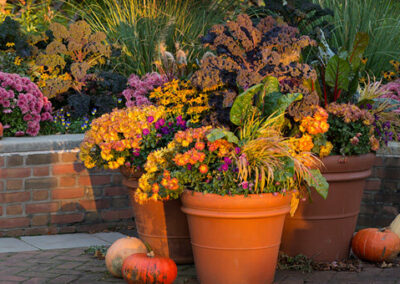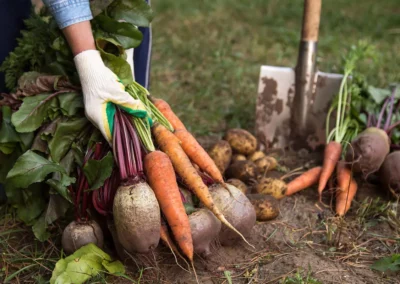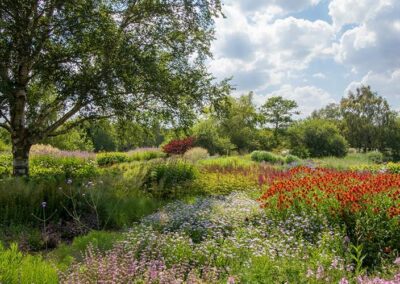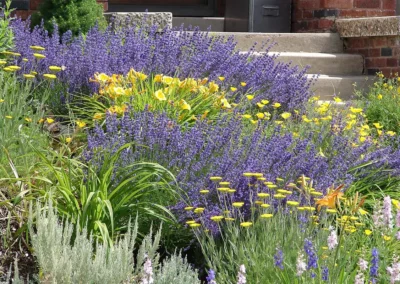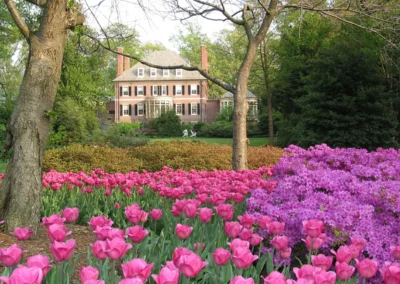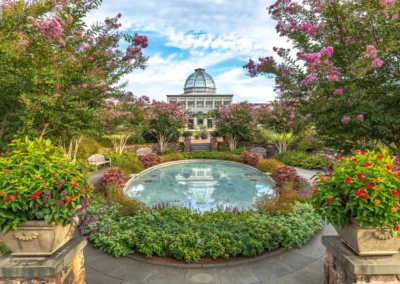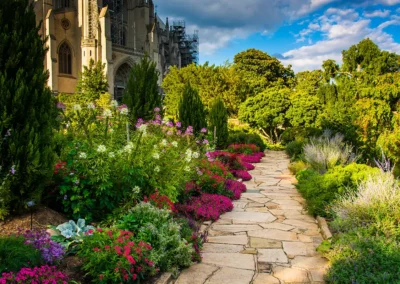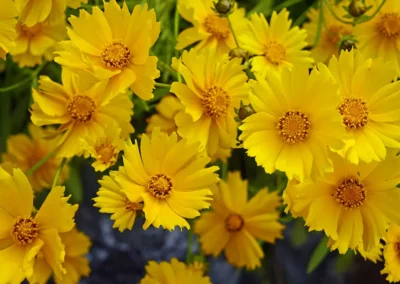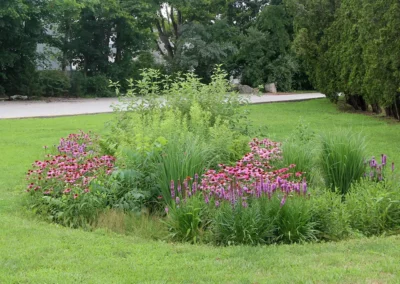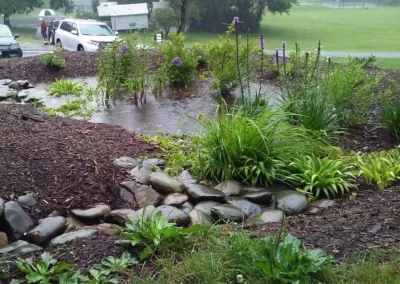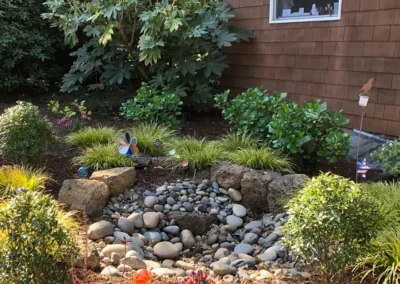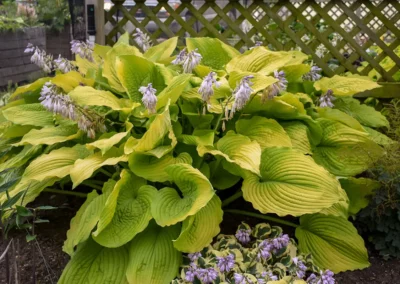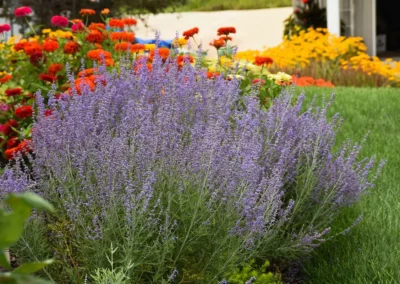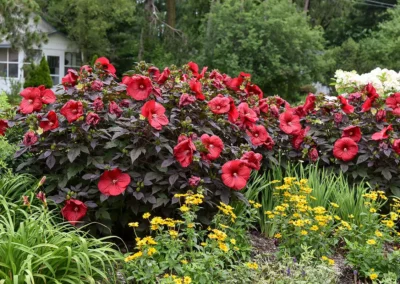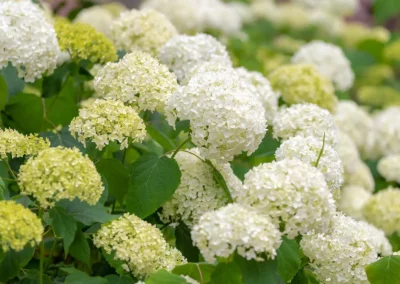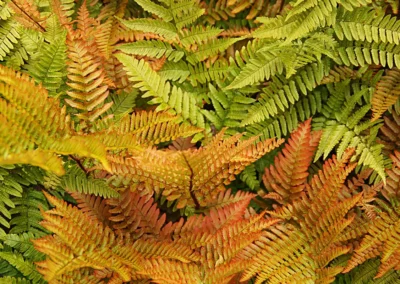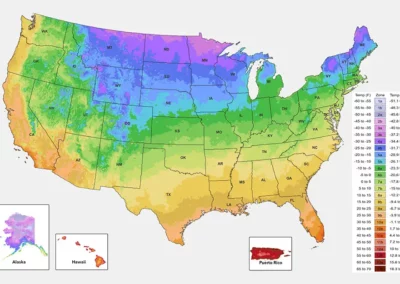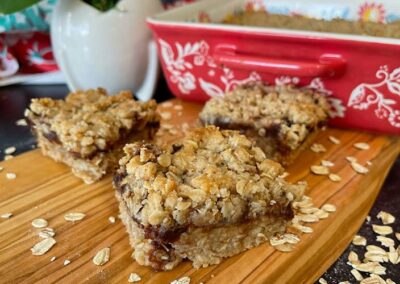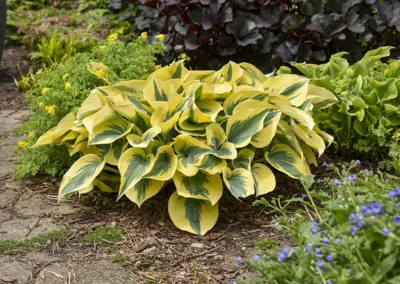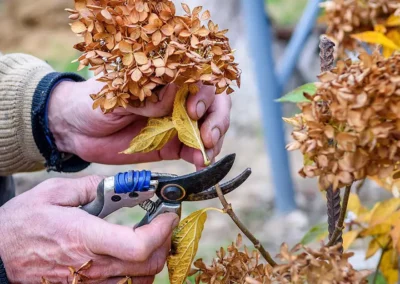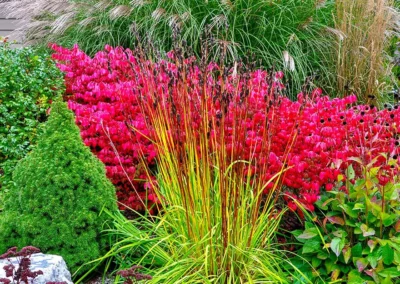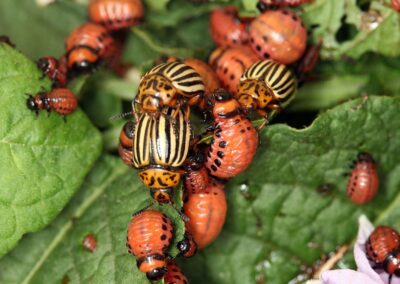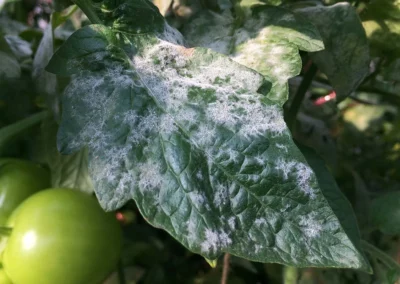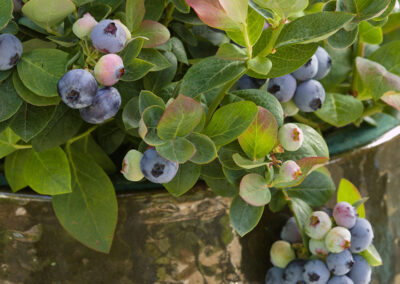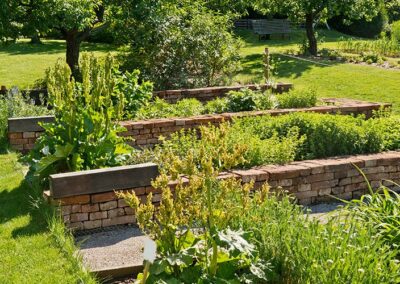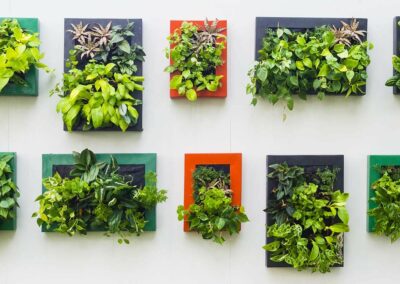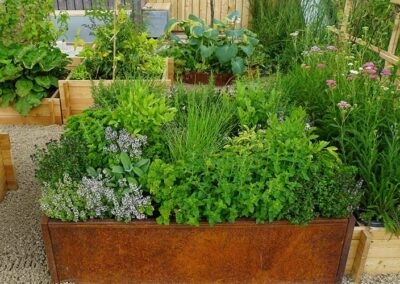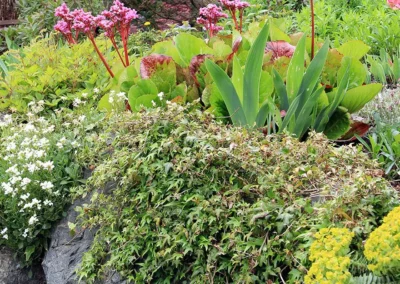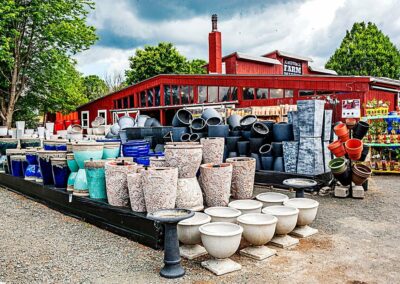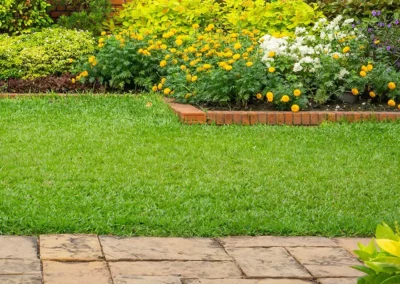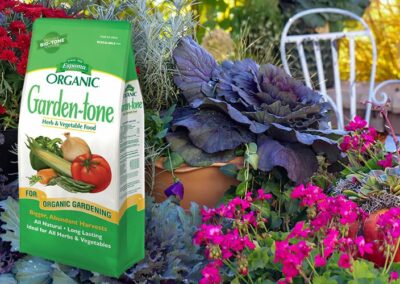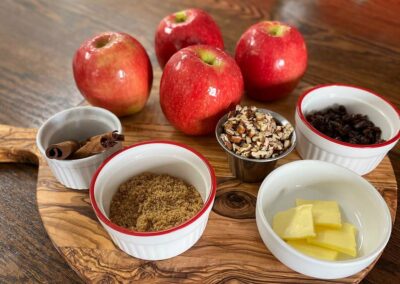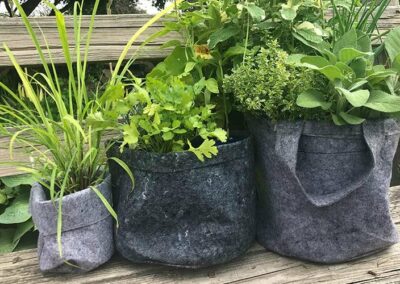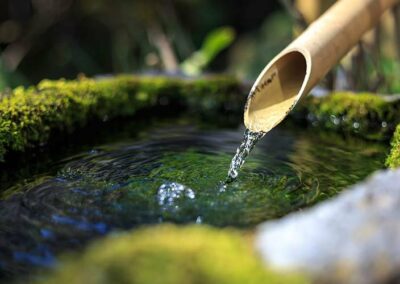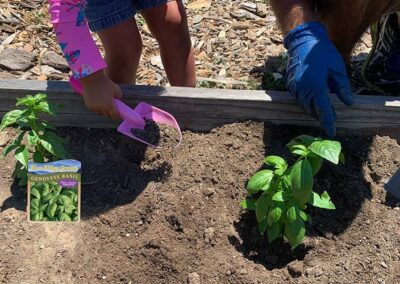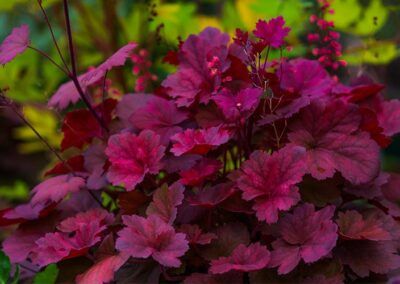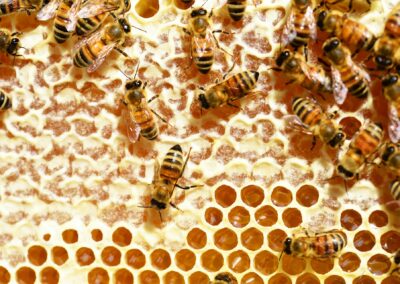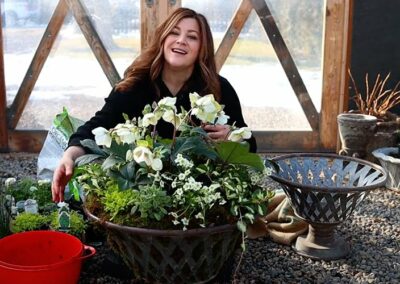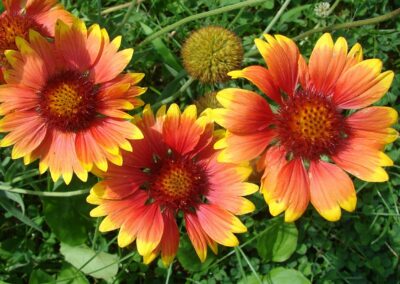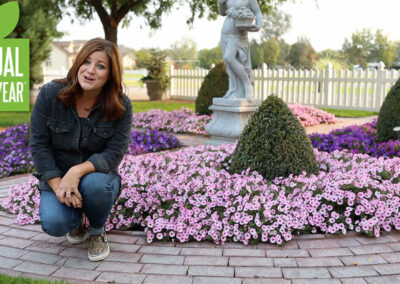When evenings turn crisp and sweaters are pulled out of drawers, it’s time for wonderful nights spent around the backyard fire pit roasting marshmallows and enjoying the company of family and friends.
Fire pits are not too difficult to build and you don’t need any fancy equipment. We’ll walk you through the steps to do it yourself…
Step 1
Make sure fire pits are allowed in your area
First things first. Satisfy yourself that building a fire pit won’t result in your getting burned with a fine from the local government. Contact the planning office or fire marshal in your area (for example, Fairfax County) to see if any restrictions apply. Only proceed once you have the necessary approval or you know that none is required.
Step 2
Gather your supplies
Here’s what you’ll need to build your fun and safe fire pit:
- String/twine if needed to mark the size/perimeter of your pit area
- Shovel or trowel
- Rubber mallet
- Sand
- Concrete retaining-wall blocks
- Fire-safe construction adhesive
- Crushed stone, small
- Pebble rock, optional
- Long sticks and marshmallows!
Step 3
Find a safe location
While we probably don’t need to say it out loud, we will: Choose a place that’s on relatively flat ground and situated well away from flammable structures.
That includes being clear of overhead balconies, decks and any hanging tree branches.
And before finalizing the spot you’ve chosen, watch how the wind blows at a few different times of day; you want to avoid smoke billowing into your home.
Step 4
Determine shape and size
The recommended diameter for a round fire pit is between 36 and 44 inches. Choose the size you want and mark the perimeter. If you want to build a square or rectangular fire pit, make careful measurements and mark its footprint.
Step 5
Start digging
Now it’s time to excavate the ground within the circle you’ve drawn. Dig about eight inches deep. If your yard is sloped, you may need to dig deeper on one end to ensure your pit will be level.
Step 6
And sand
Pour a two-inch-thick layer of sand into the area you’ve excavated. Tamp down the sand so it’s compact and level.
Step 7
Lay the blocks
Lay one level of concrete retaining-wall blocks around the edge of the pit. If you have to make slight adjustments to keep the blocks level, just tap them with a rubber mallet.
For extra peace of mind, you can bond the blocks together with a fire-safe construction adhesive. This is a good idea if you or your friends are “feet proppers.” But be mindful that it will also make your fire pit harder to take apart if you need to.
Lay a second ring of staggered blocks above the first one, leaving small gaps here and there between the blocks to promote air circulation.
Step 8
Finishing up
Add about four inches of crushed stone inside the pit, then lay your final ring (or two) of blocks. Let the adhesive dry for about two days before having your first fire. After that, break out the marshmallows!
Finally, you can add a metal insert or ring liner (now or later), but it’s not absolutely necessary. Your fire pit should work just fine without one.
If you’ve built your fire pit in the grass, consider clearing 10” around your firepit and laying pebble rock for added safety.
Safety tips
Before we let you go, we want to add a few backyard fire pit safety tips…
- Check wind direction before lighting a fire.
- Don’t use flammable fluids (gasoline, lighter fluid, etc.) to light or relight fires.
- Don’t wear flammable clothing (such as nylon) or loose-fitting clothing.
- Keep children and pets at least three feet away from the fire.
- Keep a bucket of water nearby in case you need it.
So enjoy your fire pit and have fun creating wonderful memories of making s’mores, cooking hotdogs and telling stories. Those are the things that really keep you warm…
Fire pit supplies
By the way, your Garden Market has sand, gravel and firewood! We have Fatwood® Firestarter kindling and kiln-dried firewood bundles available.
But if you’re planning to have lots of fires (outdoors and indoors) and want to stock up, you can pick up or order larger quantities of seasoned mixed-hardwood firewood that’s popular for its long, slow-burning qualities. Each bin is 80% oak, with hickory, cherry, locust, ash, and maple logs.
We’re standing by. With marshmallows 🙂

